
The most innovative IoT solutions for security and home & building automation
Ksenia, representing a new level of security technology, is a manufacturer of true premium quality alarm and smart home systems, based in Italy, using predominantly domestic resources, founded in 2010 and present in 70 countries.

Ksenia Security pays special attention to design, taking into account the smallest details in addition to simplicity and cleanliness.

Their mission is to create reliable products through great technological innovation. How? By listening to market needs.

Ksenia Security has its roots in Italian tradition and history. The entire production process takes place in Italy.

From the suppliers to the materials used, every decision is carefully considered to minimise the impact on the environment.

A Ksenia Security kiemelt figyelmet fordít a tervezésre, az egyszerűség és letisztultság mellett figyelembe véve a legapróbb részleteket is.

Küldetésük, hogy nagyszerű technológiai innovációval megbízható termékeket hozzunk létre. Hogyan? A piaci igények figyelésével.

A Ksenia Security gyökerei az olasz hagyományokhoz és történelemhez köthetők. Az egész gyártási folyamat Olaszországban történik.

A beszállítóktól a felhasznált anyagokig minden döntés alaposan megfontolt, így minimalizálva a környezetre gyakorolt hatásokat.
Not only does it represent a very high level of quality in terms of its products, but it also aims to meet the needs of the security market with a well thought-out concept that is very different from the usual. Ksenia's products are both alarm and building control systems. Both applications are given equal emphasis and both are very strong choices, while keeping the user's comfort and usability in mind to the utmost. If you want a basic security system with a touch of automation, or vice versa, you can do it, as the flexibility of the system is virtually limitless.

As an alarm system, Ksenia can be used for everything from the smallest system to large projects such as an office building: the maximum configuration is 30 partitions and 644 zones, but if you are building a small system with just a few zones but want to enjoy the incredible power and capabilities of the system and the convenience that comes with it, there is no problem. A hybrid system, i.e. in addition to conventional inputs, it can be connected to a wide range of bus and wireless peripherals, including I/O modules, bus outdoor and indoor sirens, 4G couplers, wireless receivers, signal repeaters, etc.
Some control panels have not one, but two bus lines, the status of which can be monitored in real time from the installation interfaces.
Ksenia's control panels also boast a built-in LAN port, so there is no need to install a separate add-on to connect to the Internet.
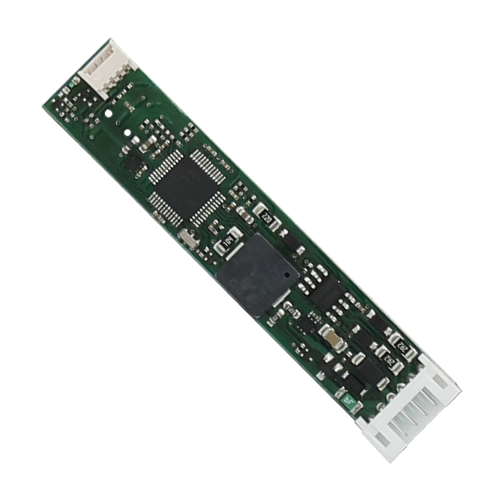
Ksenia also offers some real special features. It has full integration with certain Optex sensors: the matrix bus module, when connected to a prepared Optex model with batteries (VXS-R, WXI-R, WXS-R, BXS-R, QXI-R series), connects the sensor to the Ksenia bus network as if it were a Ksenia bus sensor. Indeed, these battery-powered sensors are equipped with a connector that makes it possible to connect to their communication interface. The result is full two-way communication, i.e. not only does the sensor transmit alarm-related signals to the control panel, but all settings are accessible from the installer's side.

There is also a wireless version of this, called matrix, which, in addition to having its own battery, can be used to power the Optex battery sensors (3 V). This module can not only do its job, but as a universal wireless interface, it can also send information from any contact output to the Ksenia alarm panels.

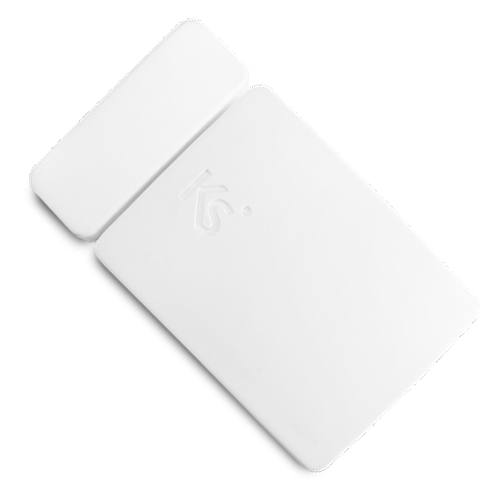
The wireless front is also strong. One of the most innovative solutions is the very special sensor, the micro poly, which is not only a simple wireless opening sensor with a reed relay protected against external magnetic interference, but also a vibration sensor. But that's not all: its built-in tilt sensor also provides accurate information about the current tilt angle, which takes what we have thought about the protection of windows and shells to a new level. Especially when combined with the numerous customisable arming modes... This tilt value can also be monitored in real time from the installer interface and used for both alarm system and smart home settings.
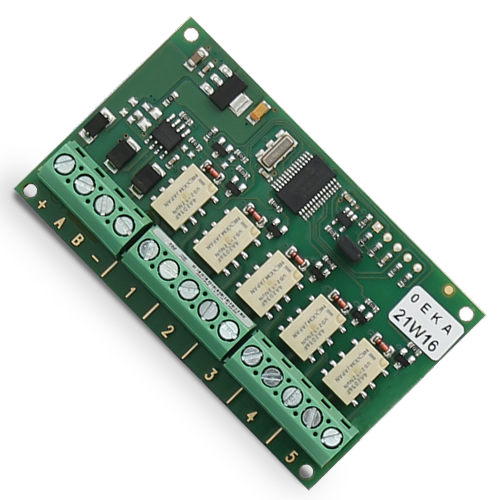
If you want to automate your home exclusively, Ksenia is the perfect choice. With its many modules and accessories, there's no need to compromise, all control and management tasks can be easily handled, from lighting to shutter control to irrigation. The Ksenia also offers universal modules ( auxi, auxi-A ), whose connection points can be used as "conventional" outputs or inputs, or programmed as analogue outputs or inputs (0-10 V). Thus, it is possible to have three zones occupying three terminals of an auxi expansion module, while the remaining two are used as analogue outputs to control the brightness of a lighting system, and as analogue inputs to receive a light sensor signal to which any function can be assigned... In short, the possibilities are almost endless. This also shows how the two concepts of Ksenia, alarm and smart home, are not divorced from each other.

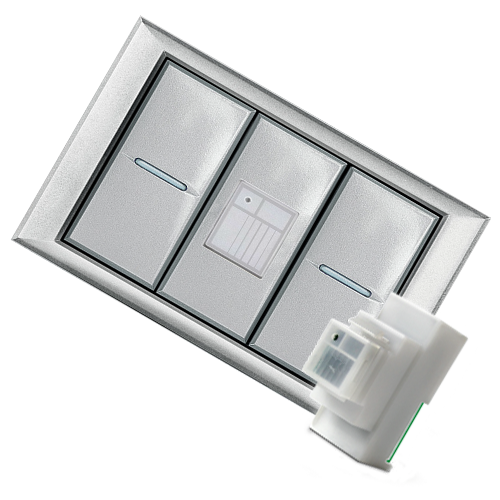
Another striking example of versatility is the domus module. This is a universal sensor that includes a motion sensor, a temperature sensor and a humidity sensor, all in a Keystone format, concentrating a lot of power in a very small space, almost invisibly.
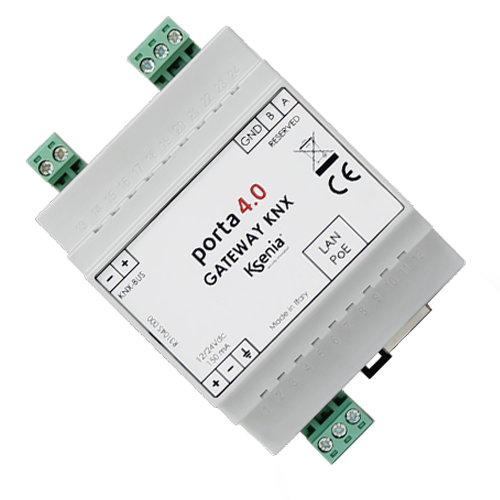
Ksenia works with KNX-compatible modules and systems. This requires the porta 4.0 module. You can also connect your Ksenia system to an existing smart home system using KNX communication, and the two-way communication allows the systems to receive and send information and commands between each other.

The free app provides a transparent interface, with a separate tab for managing alarm and smart home system operations. From the installer app - which is not the same as the user app, but a separate program - it is even possible to program the system, although this is more convenient to do from the Google Chrome browser - especially as there is no dedicated programming software for Ksenia. The browser-based solution, however, is convenient and accessible from anywhere. Both cloud-based access and vendor DDNS are available, so a stable and constant connection is guaranteed.
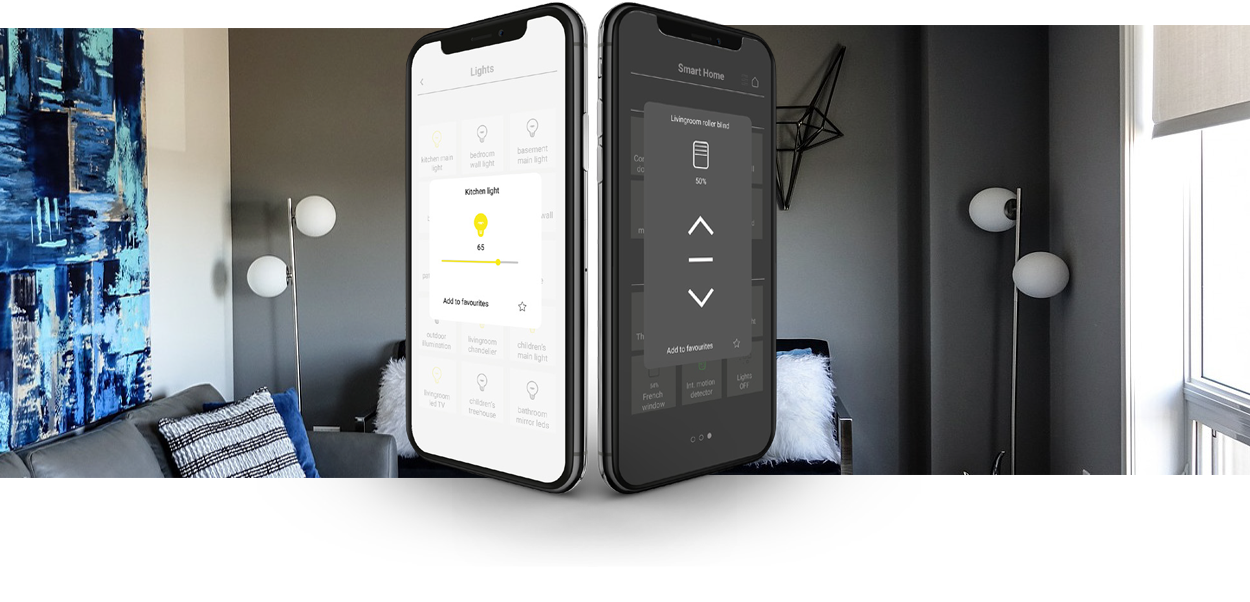
Both programming and user-level management of the system are possible when programming from the browser. Whether you are accessing the interface as a user or as an installer is determined by the type of code you are using. A user code allows you to manage the system, while an installer code takes you to a completely different, installer interface. All the configuration, diagnostic and maintenance functions are easily accessible and usable through a well-designed, logical interface, including the latest firmware updates for the control panel and peripherals. The system alerts us when new firmware is available and installation is a one-touch operation, so there's nothing more to do.
In terms of communication capabilities, the Ksenia uses the SIA IP protocol for remote monitoring communication over wired or wireless Internet connections, or even over 4G. It also handles traditional telephone line reporting, but this requires a PSTN add-on module, as the panels do not include a built-in PSTN communicator. So all the usual communication channels are available, including PUSH messages from the application.
Contact our Sales Team or visit the Ksenia website.